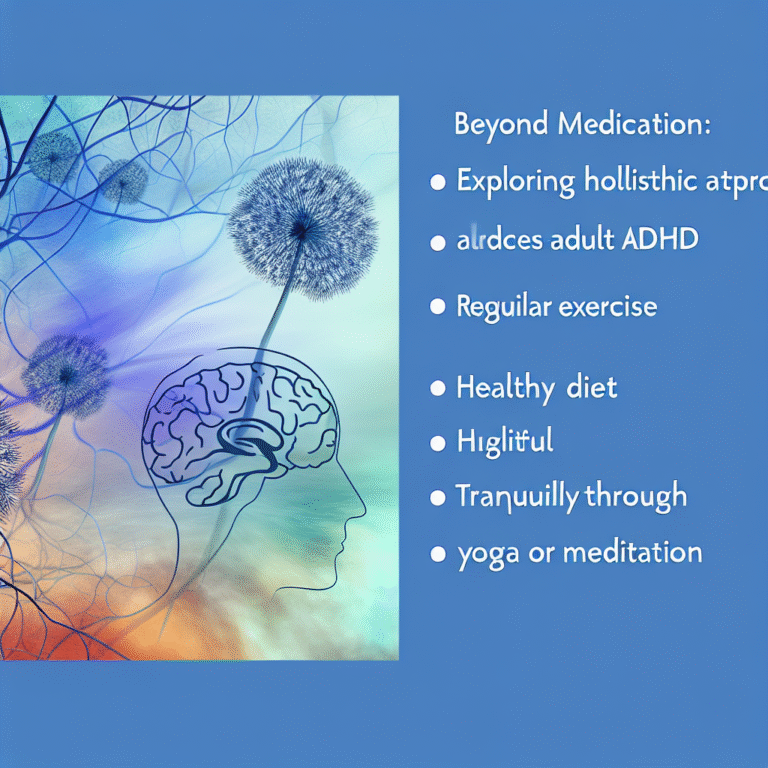
Understanding PTSD Triggers: What They Are and How to Manage Them Effectively
Introduction
Post-Traumatic Stress Disorder (PTSD) is a complex condition that can drastically affect individuals and families. One of its most perplexing aspects is the presence of triggers—specific events, environments, or stimuli that can bring about intense emotional and physical reactions. Understanding PTSD triggers: what they are and how to manage them isn’t just beneficial for those who suffer from PTSD; it’s essential for friends, family, and caregivers who wish to support their loved ones.
In the following sections, we will delve deeply into what triggers are, explore their nature through compelling case studies, and provide actionable strategies to manage them effectively. By the end, you will have a clearer understanding of PTSD triggers and, more importantly, how to navigate them toward healing and resilience.
What Are PTSD Triggers?
Understanding PTSD triggers: what they are and how to manage them starts with defining what triggers are. Triggers can vary widely among individuals, encompassing anything from loud noises, smells, or certain locations to specific words or images. When someone with PTSD is exposed to a trigger, it may lead to a range of reactions, including panic attacks, flashbacks, anxiety, and severe emotional distress.
Types of Triggers
External Triggers: These are physical stimuli found in the environment. For example, a military veteran may experience anxiety upon hearing fireworks, reminiscent of gunfire.
Internal Triggers: These triggers stem from the individual’s thoughts or memories. A flashback to a traumatic event can serve as a significant internal trigger, leading to reliving the event momentarily.
- Sensory Triggers: Often overlooked, sensory triggers can include sights, sounds, or smells that remind the individual of the trauma. For instance, the scent of smoke might evoke memories of a traumatic fire.
Case Study: The Veteran’s Story
Consider the case of John, a military veteran who served in Afghanistan. After returning home, John experienced distressing flashbacks triggered by the sound of helicopters. In therapy, he learned to recognize these triggers, which paved the way for effective management.
Analysis
This case highlights the importance of awareness in managing triggers. By understanding and identifying what prompts his reactions, John could work with his therapist to develop coping mechanisms, such as grounding techniques and mindfulness practices.
The Science Behind Triggers
Understanding PTSD triggers: what they are and how to manage them also includes the science at play. Triggers can activate the brain’s fight-or-flight response, primarily mediated by the amygdala. This reaction leads to elevated heart rates, sweat response, and often overwhelming feelings of anxiety or panic.
Emotional Memory and Triggers
Memories associated with trauma can be incredibly vivid and emotional. The brain encodes these memories with a strong sensory component, which can lead to triggers that may not seem directly related to the trauma but evoke similar feelings.
Strategies for Managing Triggers
Managing PTSD triggers is possible through various strategies. Here are some effective methods:
1. Educating Yourself and Others
Understanding PTSD triggers: what they are and how to manage them starts with education. Both individuals suffering from PTSD and their support systems should familiarize themselves with potential triggers. This can include creating a list of personal triggers that can be shared with trusted friends and family.
Table 1: Example of Common Triggers and Coping Strategies
| Common Triggers | Coping Strategies |
|---|---|
| Loud Noises | Noise-canceling headphones, calming music |
| Crowded Places | Finding a quieter area, practice deep breathing |
| Certain Dates/Anniversaries | Planning engaging activities, emotional support |
2. Mindfulness and Grounding Techniques
Mindfulness practices can help individuals become anchored in the present, reducing the intensity of reactions to triggers. Techniques may include:
- Deep Breathing: Slowing down your breath can reduce a sense of panic.
- 5-4-3-2-1 Grounding Exercise: Involves identifying 5 things you can see, 4 things you can touch, 3 things you can hear, 2 things you can smell, and 1 thing you can taste.
3. Therapy Options
Therapeutic interventions play a vital role in managing PTSD triggers. Approaches may include:
- Cognitive Behavioral Therapy (CBT): Helps modify negative thought patterns related to triggers.
- Exposure Therapy: Involves gradual exposure to triggers in a controlled environment to reduce sensitivity over time.
Case Study: Maria’s Journey with Anxiety Triggers
Maria, a survivor of a traumatic car accident, struggled with anxiety while driving. Unpacking her experience in therapy, she understood that certain road conditions and sounds triggered her anxiety.
Analysis
Through exposure therapy, she gradually faced driving conditions that initially gave her anxiety. Over time, she felt more comfortable and learned coping strategies like-paced breathing and positive self-talk during drives, which offered significant relief.
Impact of Triggers on Relationships
Relationships can be significantly impacted by PTSD triggers. When a loved one reacts negatively to a situation, it can leave family members bewildered and hurt. Understanding PTSD triggers: what they are and how to manage them becomes not just about the individual but about fostering supportive relationships.
Communication Strategies
- Open Dialogue: Promote open discussions about what triggers might occur during family interactions or outings.
- Support Systems: Establish a support system for both the individual and their loved ones.
Conclusion
Understanding PTSD triggers: what they are and how to manage them is not merely an intellectual exercise; it is a path to healing for many who suffer from PTSD. Recognizing and responding to triggers can empower individuals and foster resilience. By utilizing educational resources, practicing mindfulness, seeking therapeutic support, and maintaining open communication, individuals can mitigate the distress associated with triggers and reclaim a sense of control over their lives.
Motivational Takeaway
Remember, healing is not linear, and every step you take toward understanding and managing your triggers is a step toward greater emotional well-being. With the right tools and support, freedom from the grip of trauma is possible.
FAQs
1. What are the most common PTSD triggers?
- Common triggers include loud noises, certain locations, anniversaries of trauma, and sensory experiences.
2. How can someone identify their triggers?
- Keeping a journal or discussing experiences with a therapist can help recognize patterns and identify specific triggers.
3. Are all triggers the same for everyone?
- No, triggers are very personal and can vary widely from one individual to another.
4. Can medication help manage PTSD triggers?
- Yes, medication may assist in managing overall symptoms, but it is often most effective as part of a broader treatment plan.
5. How can family and friends support someone with PTSD?
- Educate themselves about PTSD, communicate openly, and listen without judgment while encouraging professional help when necessary.
By integrating these insights into your understanding, you can build a supportive environment for those affected by PTSD, contributing significantly to their healing journey.















